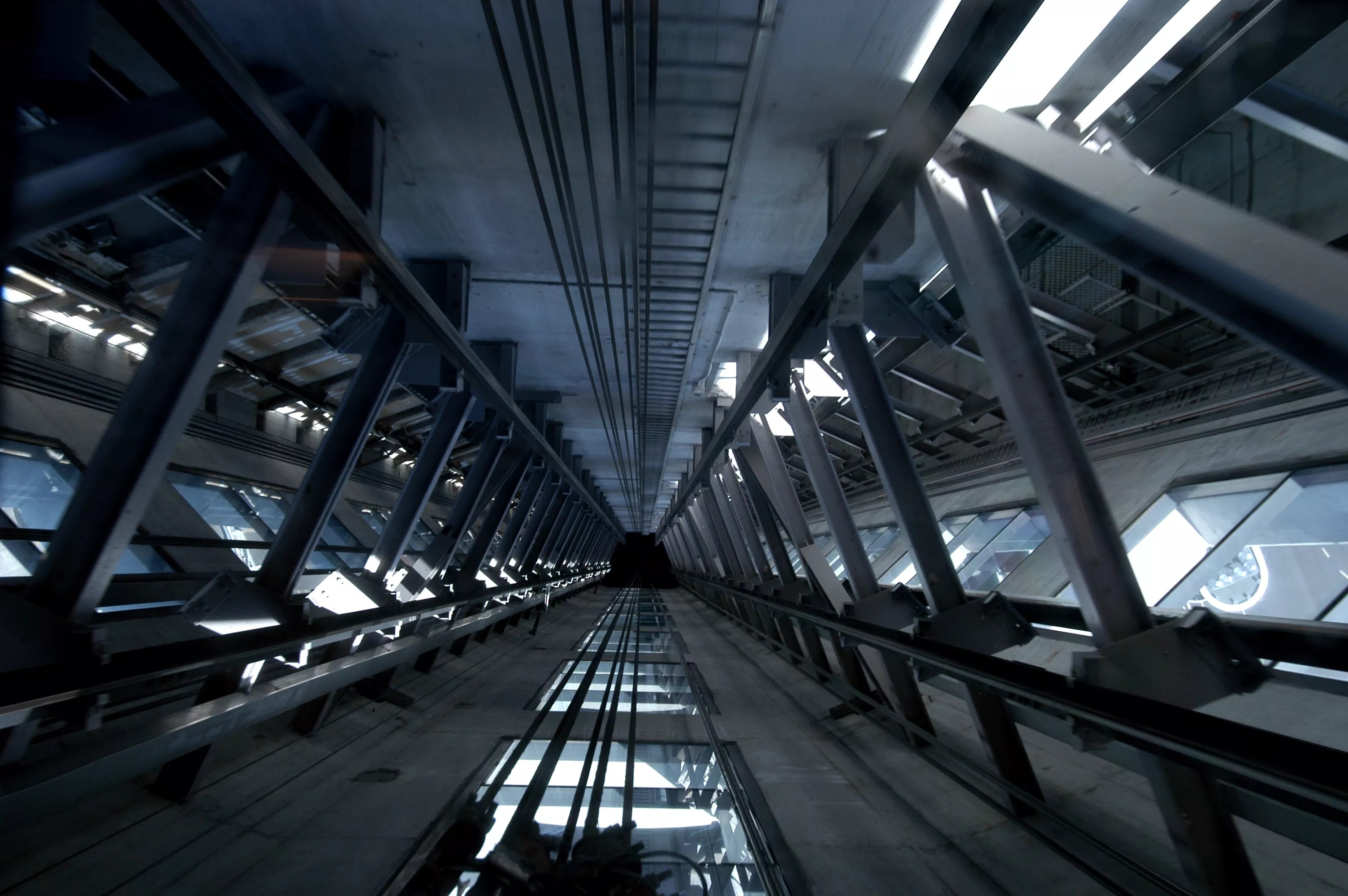
Flickr/Trey Guinn

Audio By Carbonatix
It’s Monday, May 6, which means the Denver Fire Department has completed almost 670 elevator rescues so far this year.
For many years, the department performed an average of six elevator rescues every day, according to department data, but that number has gone down to 5.3 per day in the last year thanks to better compliance for elevator certifications, DFD captain and public information officer JD Chism explains.
Despite the safer trends, many people still regularly require the department’s extraction services. Most of those rescues are focused in downtown Denver, home to the most elevators per capita in Denver and the city’s business center. According to Chism, DFD District 2 is responsible for that part of the city.
“Those [fire] companies by far run the most elevator rescues,” he says of the District 2 crews in downtown Denver. “The buildings are doing the best that they can to keep them up and running, but just like with anything mechanical, there’s always potential for problems.”
Chism says elevator rescues aren’t as scary as they seem, though. Calls often come from 911, but people who get stuck in elevators can contact the elevator technician contracted by the building, who can attempt to restore the elevator’s operation. If that doesn’t work, the call will be passed to the fire department and the Denver Conveyance Program
Overseen by the Denver Fire Department since 2013, the Conveyance Program replaced state regulators to allow faster response times and account for differences between state and city fire codes. The program encompasses elevators, escalators, moving walkways and any other electric mechanisms in a building that takes people from one location to another. Per Conveyance Program rules, elevators should be inspected annually, with regular inspections performed by the fire department.
Steps for an Elevator Rescue
Elevator rescues are often a pretty simple process. The first step is turning the power off so nothing moves during the rescue or while people are in the shaft.
Officers then identify where the elevator is relative to the closest floor, which is often slightly higher or lower than a landing. Sometimes, Chism says, it is lined up correctly but the doors won’t open. However, elevators have small holes where the DFD can insert a tool called an elevator key to open the doors.
“A good majority of the time, they can just step out,” Chism says. “It’s just that simple.”
However, sometimes a trickier operation is required, like if a ladder is needed to get people in or out. In rare cases, the DFD must call in its specialized high-angle team.
Tall buildings with elevators that only serve certain floors require this treatment. For example, some elevators will serve floors one through twenty and others will go from the first floor to the 21st floor and higher.
“Those are either hoistway or blind-shaft elevators,” Chism explains. “Say you’re in one of the upper floors and you get in an elevator that only services floor one and floor 25 through forty. If that elevator shuts out somewhere between one and 24, then we have to do a little bit more of a technical rescue operation.”
Joining the high-angle team requires certification in rope rescues, and there are several ways it can get people out of stuck elevators. In some cases, the DFD can move another elevator that is working to the spot where the inoperable elevator is and help people into the working elevator from inside the shaft.
According to Chism, the most technical (and scary) situation is when the DFD’s only option is to access an elevator from a floor far above where it’s stuck, as can occur in high-rises. In those cases, the passengers must be raised up in a rope system.
“That ends up being a significantly longer evolution, because we need to worry about anchors and making sure that everything’s secure,” Chism adds.
But, he emphasizes, this is not the case for about 90 percent of elevator rescue operations.
“I don’t want to get people worried – that’s not a frequent occurrence,” Chism says. “When you see the numbers of five elevator rescues a day, the vast, vast majority of the time that’s just us opening the doors and letting people out.”
After an elevator rescue, the DFD leaves the power off and issues the building an order to comply and call an elevator technician for an assessment before returning power to the elevator.
“We know that it’s a big deal anytime you’re shutting off in an elevator, because that limits peoples’ access, but we don’t want to allow people back into an elevator and repeat the situation,” Chism says.